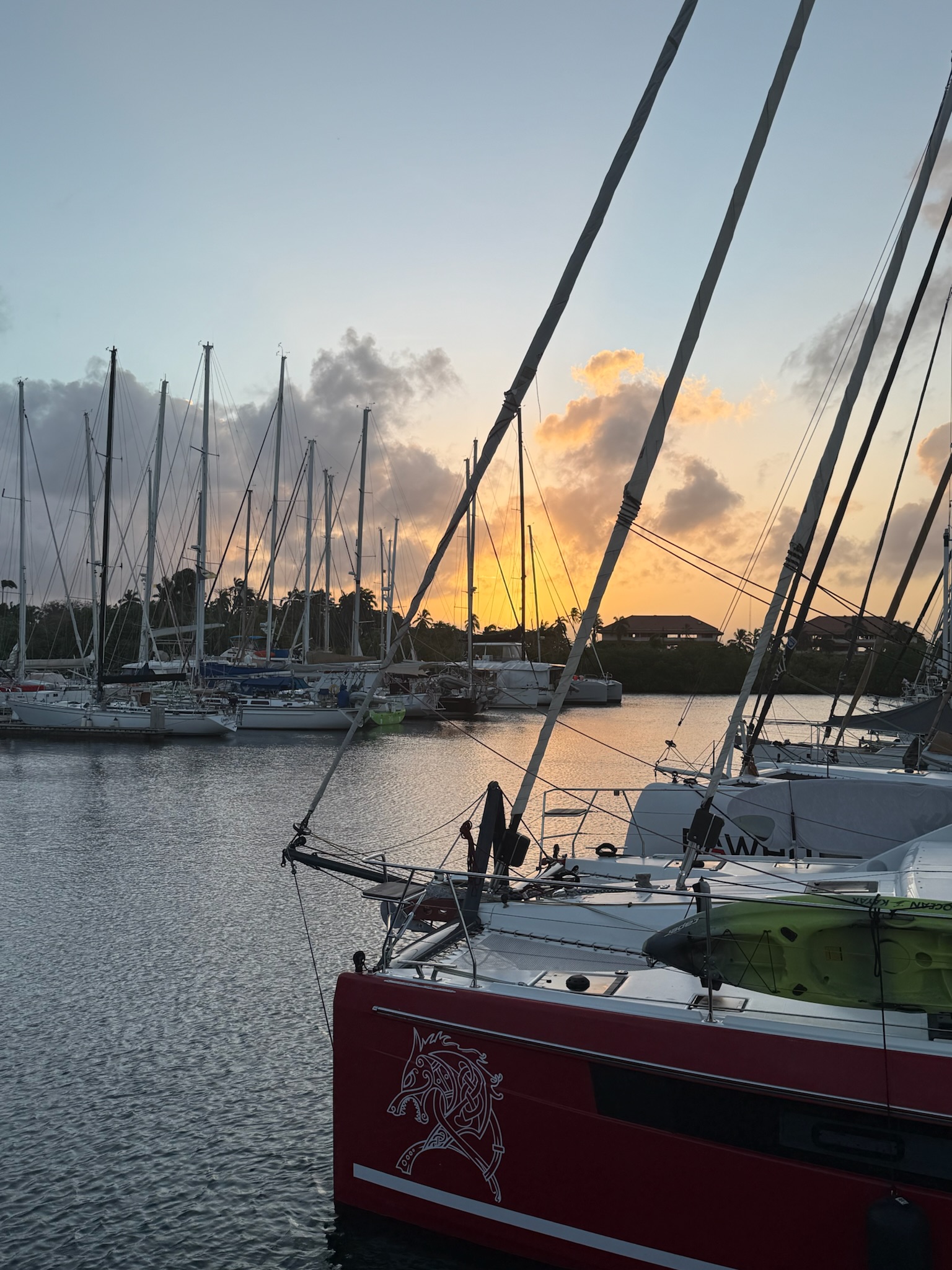Wednesday, March 5 — The weather forecast had changed for the worse, so we needed to either leave Jamaica sooner than planned or stay longer than planned. We opted for sooner, which meant we needed to get serious about boat projects and sightseeing.
After our morning routine of schoolwork and boat chores, Eric ran a bunch of tests to verify how the boat’s systems operate. After the voltage regulator problem he wanted to parallel in each of the battery banks to the house bank to make sure they each worked, which they did. He verified that the main engine shuts down without voltage from the house bank of batteries. He verified that if he shut the engine bank off, then shut off house bank, then the engine wouldn’t shut off. This confirmed his suspicion that the Seafire system was getting power from the engine bank in order to shut off the engine.
Ed had come by that morning and was being pushy about escorting us on a sightseeing trip. Knowing that we were running out of time, at 1500, we took him up on the offer. He said he was taking us to the Frenchman’s Cove and the Blue Lagoon. Ed walked us over to the gas station between the two main roads in town and we caught a taxi.
The taxi took the road that paralleled East Harbor. We headed southeast for about five miles. Shortly beyond East Harbor, the waterfront became all privately owned property. The buildings along the shore were mostly homes, with a few hotels, and was an interesting mix of old, new, small, large, low-end and high end.







